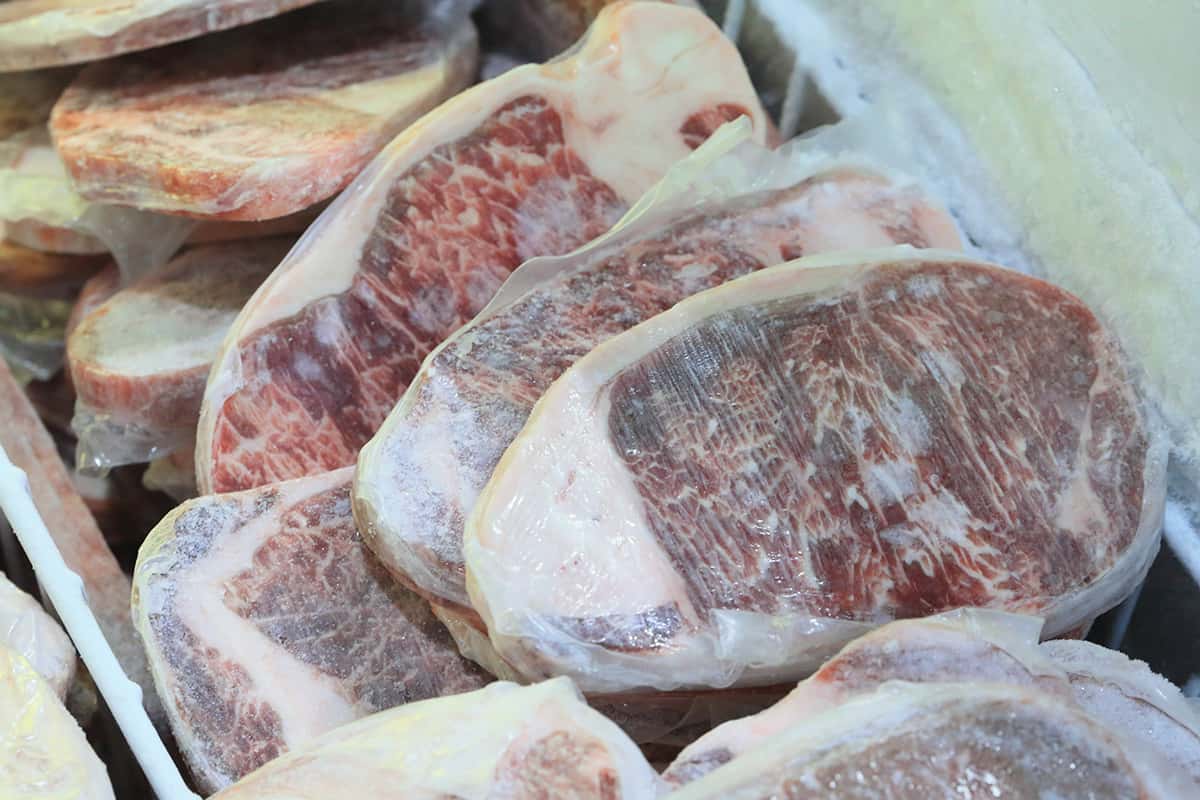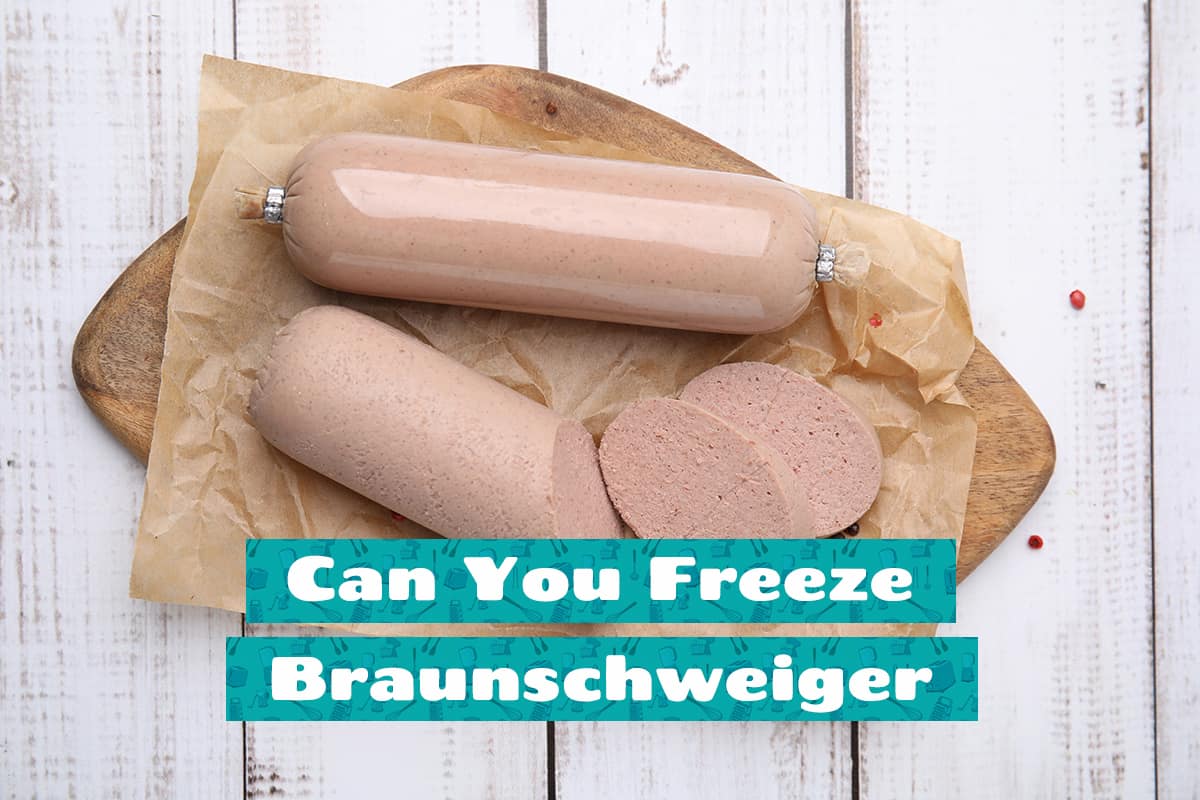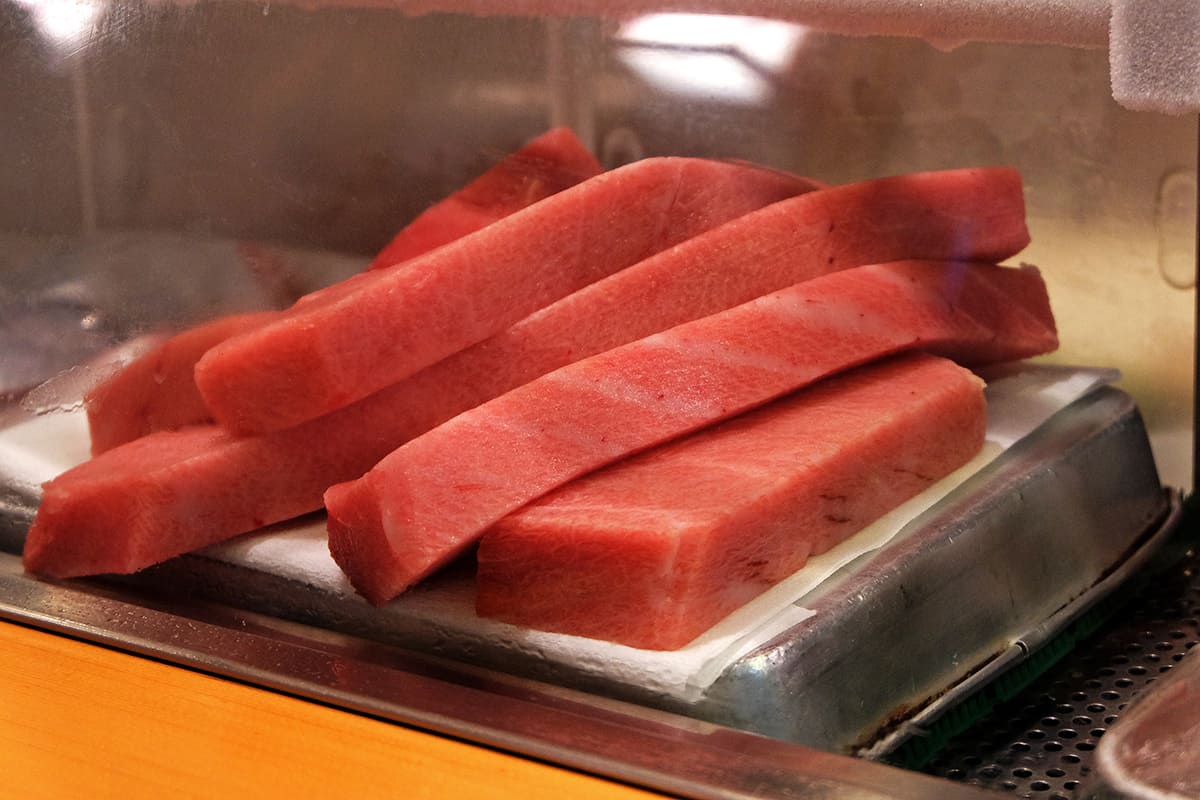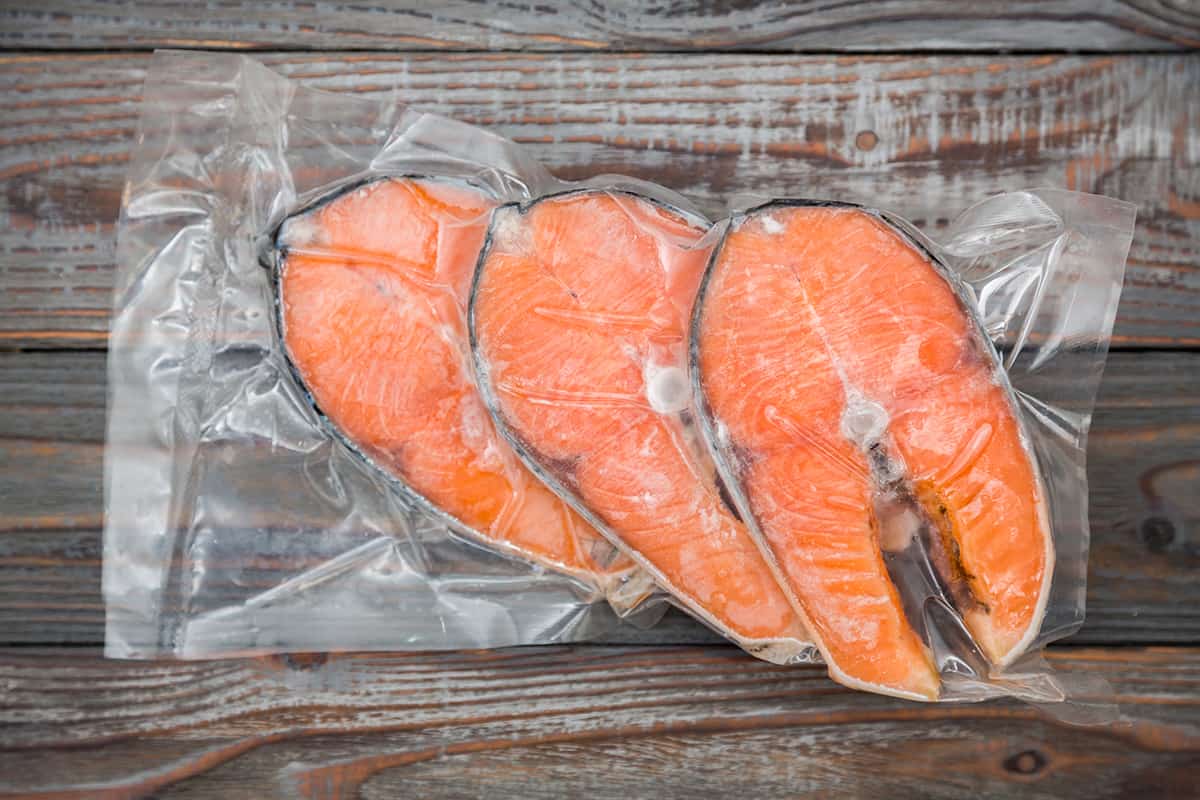Are you an aspiring butcher who wants to store large quantities of beef in your freezer? Ideally, you will have a walk-in freezer to hold entire cows, but if you’re working out of your home kitchen, that might not be feasible. That said, nothing is stopping you from stuffing your freezer with slabs of beef—the only question is, how large of a freezer do you need?
If you’re looking for a freezer that can hold onto 1/8, ¼, ½, or a whole cow, you will need a 3 to 5-cubic-foot, a 5 to 7-cubic-foot, an 8 to 10-cubic-foot, or an 18 to 20-cubic-foot freezer, respectively.
If you want to learn more about freezer sizes and how much beef they can hold, I invite you to continue reading. In the following sections, I’ll cover the appropriate freezer sizes based on how much meat you wish to store, the various types of freezer options, as well as optimal methods for long-term meat storage.
Freezer Sizes for Beef
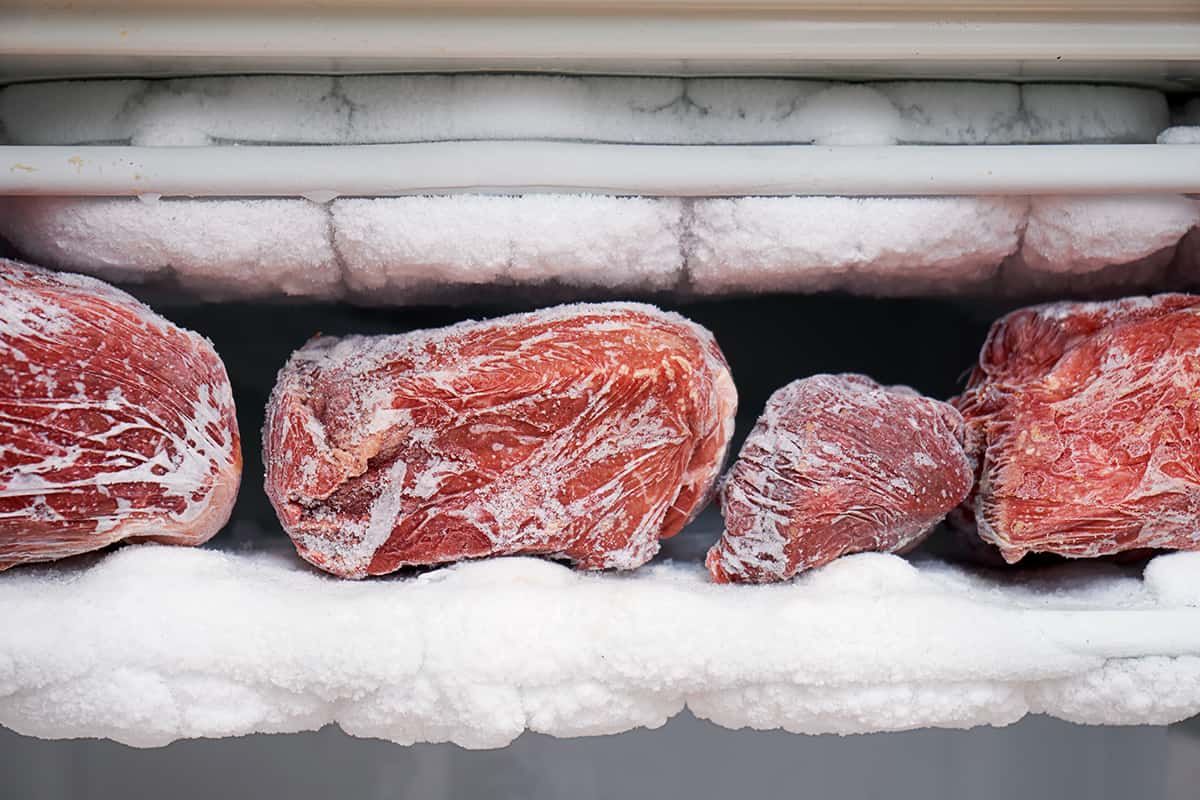
When looking for at freezer sizes to store cuts of meat, it’s generally better to get the biggest freezer that your budget can allow. That said, choosing a freezer isn’t just about finding one that can house the most beef—there are other considerations to bear in mind, such as electricity costs and how much floor space you have in your kitchen.
As an aspiring butcher, you should also take into account how much beef, chicken, fish, or other meats you wish to purchase per transaction. While buying in bulk—i.e., the carcass of an entire cow—is cheaper than buying a half or a quarter of a cow, you should know how much freezer space the slabs of meat will ultimately take up.
The following chart will provide a general description of what freezer size you need for 1/8th of a cow to an entire cow carcass.
| Cow Size | Beef Weight (lbs) | Beef Weight (kg) | Freezer Size (cu. ft.) | Freezer Size (l) |
| 1/8 a Cow | 55 | 25 | 3 to 5 | 100 to 140 |
| ¼ a Cow | 160 to 200 | 73 to 91 | 5 to 7 | 140 to 200 |
| ½ a Cow | 220 | 100 | 8 to 10 | 227 to 290 |
| Whole Cow | 440 | 200 | 18 to 20 | 510 to 570 |
For instance, let’s assume you purchase a quarter of a cow every three months. In that case, you would need a freezer with a capacity of 5 to 7 cubic feet (140 to 200 liters).
However, it’s generally a good idea to get a freezer that has a minimum of 1 to 2 extra cubic feet if you plan on restocking your freezer before you have completely run out of beef. In that case, a person who purchases a quarter of a cow every three months might want to look for a freezer with between 8 and 9 cubic feet (227 to 254 liters) of storage space.
Chest Freezer vs. Upright Freezer
There are two main freezer options to choose from: chests and uprights. They both serve the same function, but their designs play a pivotal role in air circulation and organization—both of which will affect how much beef you can pack into the freezer.
A chest freezer is a horizontal freezer with few or no racks at all. The open-space cavity allows you to pack the freezer to the brim with cuts of frozen meats without worrying too much about air circulation.
One huge benefit of chest freezers is their insulation, which allows them to keep meats frozen for two or even three days during power outages. They are the go-to type of freezer for anyone who purchases meats in bulk, although they require at least twice as much floor space as traditional upright freezers.
An upright freezer, a.k.a. a standing freezer, has a smaller footprint but takes up more air space. Inside, you’ll find multiple partitions that separate one compartment from the next. As such, you should think about cutting your beef into tiny, more manageable portions before storing them in an upright freezer to make the most out of the storage space.
How to Store Beef Cuts in a Freezer
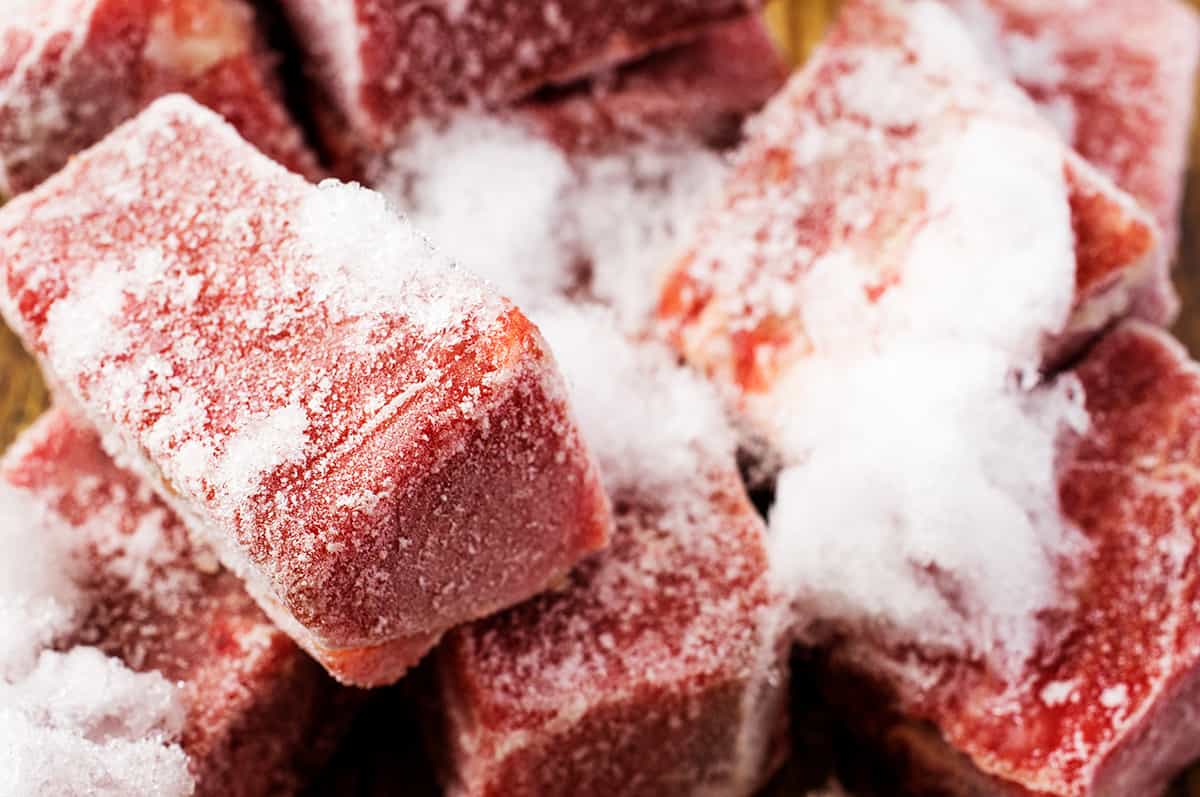
If you purchase beef in bulk, you can most likely request the butcher to prepare the cow in any way you want. The majority of the beef will come in the form of ground beef, which consists of parts taken from all regions of the cow.
For the most part, you shouldn’t have any problem stuffing a fridge with your newly purchased cuts of beef, provided you have an appropriately sized chest or upright freezer to house them in.
However, if you want to preserve your cuts of meat for months at a time without spoilage, you should consider the following methods:
Heavy-Duty Airtight Containers—containers like Tupperware can help prevent freezer burn while also limiting exposure to air and oxygen, but the size of the container and lid will take up additional storage space.
Aluminum Foil—a simple, space-efficient method for storing meat in freezers for the long term, but they are easily ripped and torn, which can lead to oxygenated meat and ruin its dark-red appearance.
Plastic Wrap—another cheap, simple way of packaging meat without taking excess storage space, even though plastic is just as prone to tearing and ripping as aluminum foil.
Freezer Paper—a costlier yet more effective tool for storing meats for the long term without taking up additional storage space like plastic containers.
Vacuum Seal—arguably the best method of storing meat in freezers, though you will need a vacuum seal machine and several rolls of vacuum plastic bags, which are non-reusable.
How Long Will Beef Last in the Freezer?
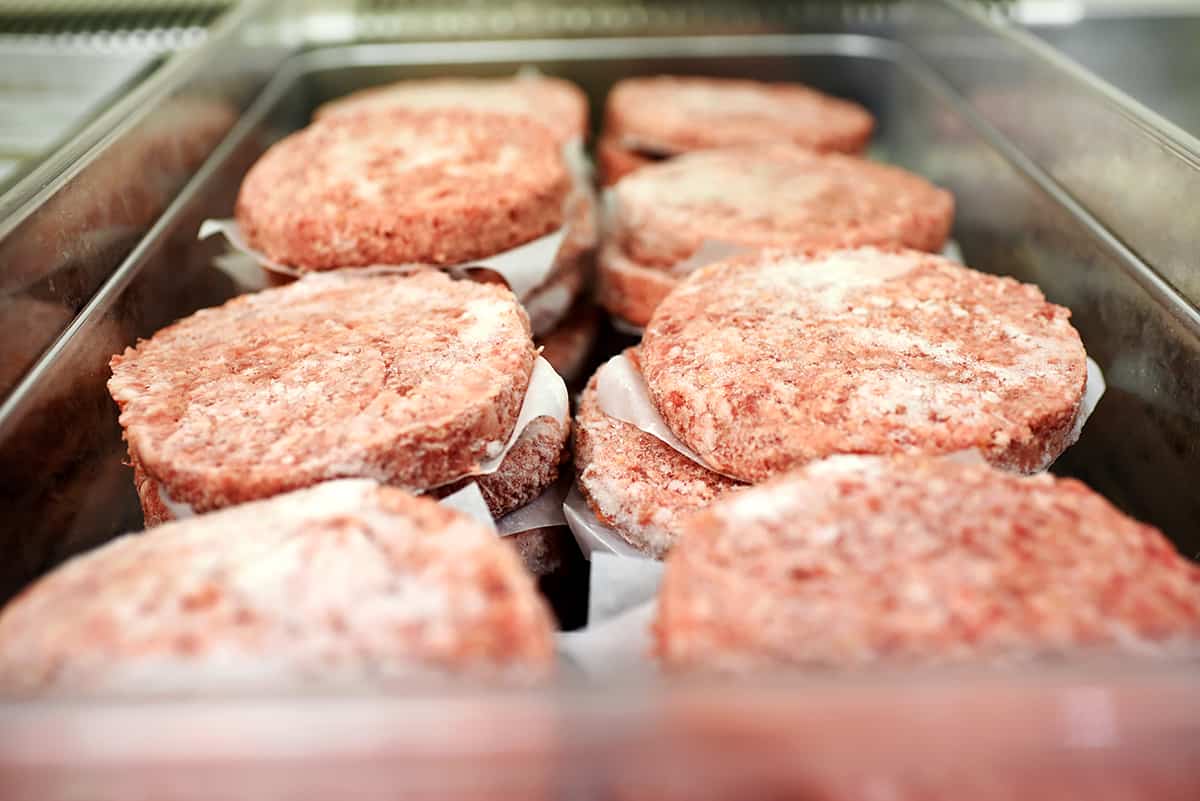
The general rule is that beef lasts up to 12 months in a freezer without spoiling. However, according to the USDA, you can keep food in the freezer almost indefinitely without worrying about spoilage.
That said, the longer and more frequently you open up the freezer, the more oxygen will enter the storage cavity and possibly lead to accelerated spoilage. You are also more than welcome to refreeze any slabs of meat you have taken out of the freezer and don’t end up using.
